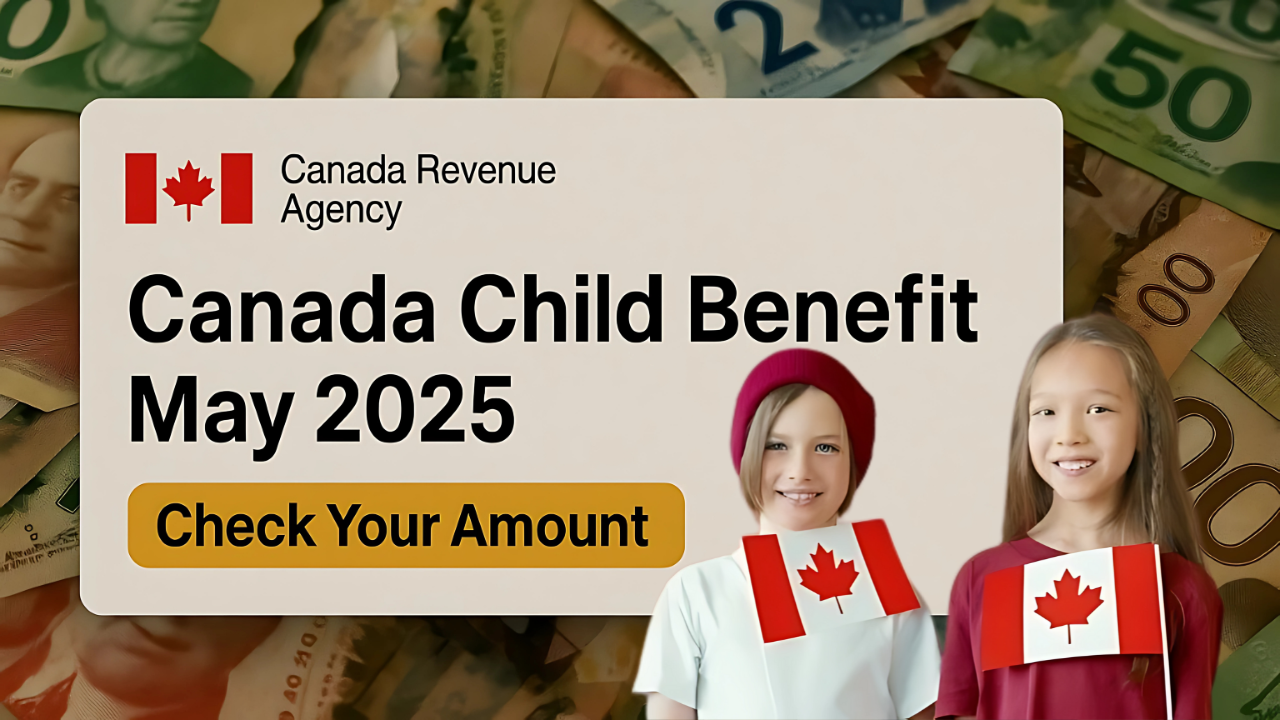Australian welfare recipients are facing significant changes to how they can repay their Centrelink debts, with new minimum payment requirements set to take effect in the coming weeks. These adjustments represent the latest in a series of administrative updates that Services Australia has been implementing to streamline their debt collection processes.
The announcement has caught many recipients off guard, particularly those who have been accustomed to making smaller, more frequent payments to manage their outstanding balances. Understanding these changes is crucial for anyone currently managing a Centrelink debt or those who might find themselves in this situation in the future.
What’s Changing and When
Starting from June 12, 2025, anyone wanting to repay their Centrelink debt at an Australia Post outlet will need to meet a new minimum payment threshold of $5. This requirement applies to all over-the-counter transactions, regardless of the payment method used within the post office environment.
The change affects millions of Australians who rely on the convenience of local post offices to manage their financial obligations to the government. Many people have developed payment habits around their weekly or fortnightly budgets, sometimes making smaller contributions when money is tight.
Understanding the New Payment Structure
Affected Payment Methods
The new $5 minimum applies specifically to transactions conducted at Australia Post locations using the following payment methods:
- Cash payments
- Cheque transactions
- Credit card payments
- EFTPOS transactions
Services Australia has been clear that this change only impacts face-to-face transactions at post offices. The restriction doesn’t extend to other payment channels, which provides alternatives for those who prefer or need to make smaller payments.
Unaffected Payment Options
Several payment methods remain unchanged by this new policy:
Digital Payment Solutions:
- Direct debit arrangements
- BPAY transactions
- Australia Post’s online Post Billpay service
These digital alternatives continue to operate without minimum payment restrictions, offering flexibility for people who need to make smaller contributions to their debt repayment plans.
Payment Methods Comparison Table
| Payment Method | Minimum Amount | Processing Time | Additional Fees |
|---|---|---|---|
| Australia Post (In-Person) | $5.00 | Immediate | None from Services Australia |
| Direct Debit | No minimum | 1-2 business days | None |
| BPAY | No minimum | 1-2 business days | Bank fees may apply |
| Credit Card (Post Office) | $5.00 | Immediate | Credit card fees apply |
| Online Post Billpay | No minimum | 1-2 business days | None |
Impact on Different Recipient Groups
Low-Income Recipients
For people living week to week, the $5 minimum can represent a significant challenge. Previously, someone might have been able to pay $2 or $3 when that’s all they could spare, gradually chipping away at their debt. Now, they’ll need to save up or find alternative payment methods.
This change particularly impacts recipients who:
- Receive disability support payments
- Are on Newstart or JobSeeker allowances
- Manage tight household budgets
- Prefer cash transactions for budgeting reasons
Rural and Remote Communities
People in smaller towns often rely heavily on their local post office for various services, including debt repayments. The nearest alternative payment options might be hours away, making the post office their primary interface with government services.
Strategic Alternatives for Debt Management
Setting Up Automatic Payments
Direct debit arrangements offer the most flexibility, allowing recipients to set up regular payments of any amount. This system automatically deducts agreed amounts from bank accounts, ensuring consistent progress on debt reduction without the need to visit physical locations.
Utilizing Online Services
The myGov portal provides comprehensive debt management tools, including:
- Real-time balance checking
- Payment scheduling
- Payment history tracking
- Communication with Services Australia
Planning Larger, Less Frequent Payments
Instead of weekly $2-3 payments, recipients might consider saving up for monthly $10-15 payments, meeting the minimum requirement while maintaining their debt reduction goals.
Credit Card Considerations and Costs
| Fee Type | Typical Cost | When Applied |
|---|---|---|
| Cash Advance Fee | 2-4% of transaction | All credit card debt payments |
| Interest Charges | 12-22% annually | If balance not paid monthly |
| Transaction Fee | $2-5 per transaction | Some cards |
Using credit cards for debt repayment can create additional financial burdens. The cash advance fees and interest charges often make this the most expensive repayment option available.
Historical Context and Future Implications
Previous Policy Changes
This isn’t the first time Services Australia has modified their payment acceptance policies. In December 2024, they stopped accepting foreign currency cheques and money orders, citing administrative efficiency and fraud prevention as primary reasons.
Administrative Efficiency Goals
The government agency has been working to reduce the administrative costs associated with processing numerous small transactions. Processing a $2 payment costs roughly the same as processing a $50 payment, making larger transactions more cost-effective for the agency.
Debt Repayment Strategies Table
| Strategy | Pros | Cons | Best For |
|---|---|---|---|
| Large Monthly Payments | Meets minimums, faster debt reduction | Requires saving discipline | Steady income recipients |
| Direct Debit Small Amounts | Consistent progress, no minimums | Requires bank account | All recipients |
| BPAY Regular Payments | Flexible timing, no minimums | Need internet/phone banking | Tech-comfortable users |
| Combination Approach | Maximum flexibility | More complex to manage | Varying income situations |
What Recipients Should Do Now
Immediate Actions
Recipients currently using Australia Post for small payments should:
- Review current payment habits and calculate how the $5 minimum affects their budget
- Explore alternative payment methods that better suit their financial situation
- Contact Services Australia if they need help understanding their options
- Set up digital payment alternatives before the June 12 implementation date
Long-term Planning
Consider developing a comprehensive debt management strategy that includes:
- Regular budget reviews
- Emergency payment contingencies
- Understanding of all available payment channels
- Communication with Services Australia about payment difficulties
Frequently Asked Questions
Q: Can I still make payments under $5 using other methods?
Yes, direct debit, BPAY, and online Post Billpay services have no minimum payment requirements.
Q: What happens if I can only afford $3 per week?
You could save for two weeks to make a $6 payment, or switch to direct debit for weekly $3 payments.
Q: Are there any exceptions to the $5 minimum rule?
No, the $5 minimum applies to all over-the-counter transactions at Australia Post locations starting June 12, 2025.
These changes reflect Services Australia’s ongoing efforts to modernize their payment systems while balancing administrative efficiency with recipient accessibility. While the transition may require adjustment for some people, the variety of available payment methods ensures that everyone can find a suitable way to manage their debt obligations.
The key is understanding your options and choosing the payment method that best fits your financial situation and lifestyle. Whether that’s embracing digital payments for their flexibility or adjusting your budgeting approach to accommodate the new minimums, the important thing is maintaining progress on debt repayment while managing your overall financial wellbeing.

